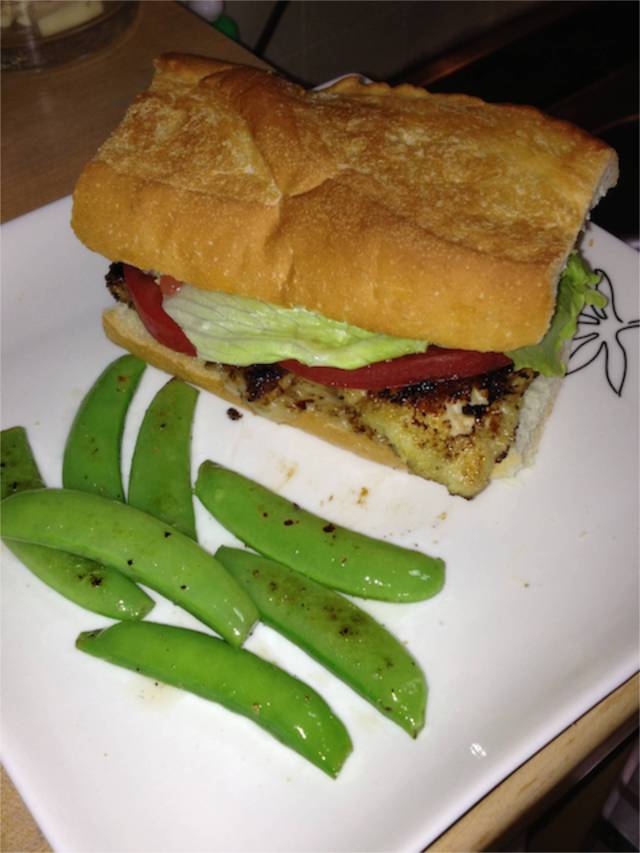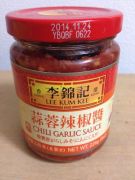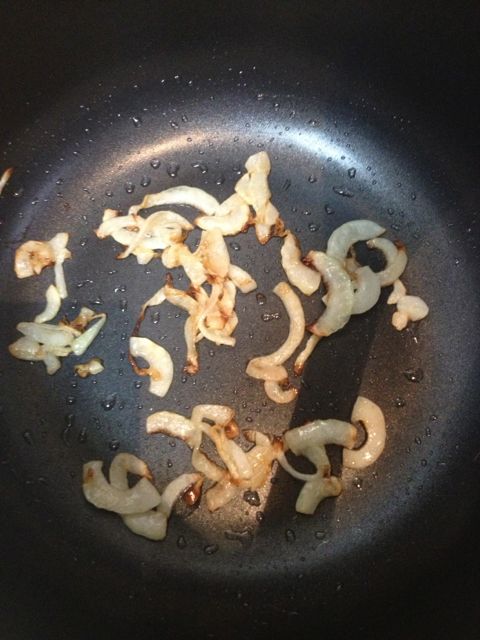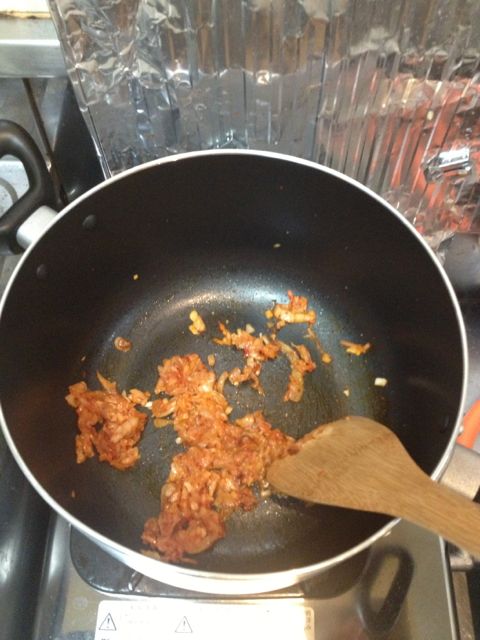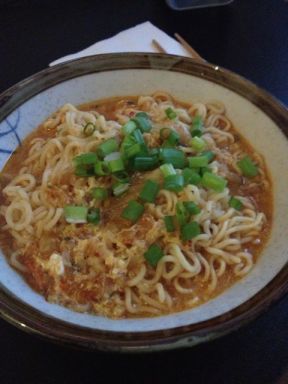Unidentified Fish Sandwich
I am posting this sandwich recipe at Andrew’s request, mostly because he flattered me and said it was one of his favorite sandwiches of all time. With an endorsement like this, you must be dying to know how to make this for yourselves. Luckily, it is ridiculously simple and basically foolproof. Not that you’re a fool, that’s not what I meant, I’m sorry…ugh. *face palm* Way to alienate your audience Shana.
I decided to make fish sandwiches one night, utilizing Japan’s awesome Panko breadcrumbs, and whipped up a quick homemade “remoulade” of sorts. The results were delicious, so without further ado, here’s what you’ll need:
Fish- I would tell you what I used, but I have no idea! (Cue X-files theme) Unless it’s swordfish or salmon, I generally can’t tell what I’m buying at the market here in Japan because I’m illiterate, in Japanese…obviously. If it’s white, free of bones and eyes, that’s what I buy! If you are in the states, you will have many more options. Pretty much any white fish you like will work great. According to Oceana, 33% of the fish sold in the US are mislabeled anyway, so don’t worry about it (The TRUTH is out there)! Since the fish will be breaded and slapped between some French bread, it doesn’t need to be fancy, so grab what’s cheap. Cod, snapper, tilapia, all good. Leave the halibut for a special occasion. On a side note, I never understood why people would come into the seafood restaurant and substitute the cod for halibut in fish and chips. Yeah it sounds good, but pretty much any fish beer-battered and deep-fried sounds good. Way to waste $20 on fish and chips, true story
French bread- whatever manifestation you like best. I would avoid the baguette and stick with something wider and softer. One loaf should serve two to three people. If you want to be all healthy, you could do wheat I guess…
Panko- This crust-less breadcrumb is available everywhere, even outside of Japan. Look in the Asian foods area of your grocery, or sometimes even where the standard breadcrumbs are kept
Sandwich fixin’s- I used a little lettuce, red onion, tomato, and a couple pickled jalapeno slices, but feel free to add or subtract as desired. I also added cheese once, yummy, something like white cheddar or pepperjack is good
Egg- one egg, beaten, used for dredging
Mayo-based spread- If you don’t feel like anything fancy, you can just slap some mayonnaise on your bread. I finely chopped a tablespoon of capers and mixed them with a couple tablespoons of mayo, a squeeze of lemon juice and fresh ground pepper. A little hot sauce might not be a bad addition either…
One sauté pan
Put your panko crumbs in a shallow dish and add a little fresh ground pepper and salt. Put the beaten egg in a bowl next to the panko. The closer these dishes are to the stove, the smaller the mess. It is always smart to throw down some paper towels too. Slice your bread and place in the toaster oven, optional to butter the slices first. If you want to use cheese, put some slice on the bread now. I chop all the sandwich fixings first and arrange on a plate. Whip up your remoulade sauce if using and place near the toaster oven.
Heat your sauté pan to med-high with a little oil. One piece at a time, take the fish filets and immerse in the egg to coat. Then place the fish in your panko dish and cover both sides with crumbs.  Place your breaded fish directly onto the pan, cooking on both sides for a few minutes until crispy and cooked through.
Place your breaded fish directly onto the pan, cooking on both sides for a few minutes until crispy and cooked through.
Use these few minutes while the fish are cooking to turn on the toaster oven and wash a few dishes if possible. A great home cook will always clean as they go. Once your bread is toasted, slather some remoulade on half and arrange your fish. 
Garnish with your favorite toppings and enjoy!
You can serve this sandwich with pretty much anything you like. If you want to keep your cooking to one pot like me, go with a cold salad or coleslaw. This is a super-easy way to bread fish in general, so next time you want fish sticks, keep panko in mind!




